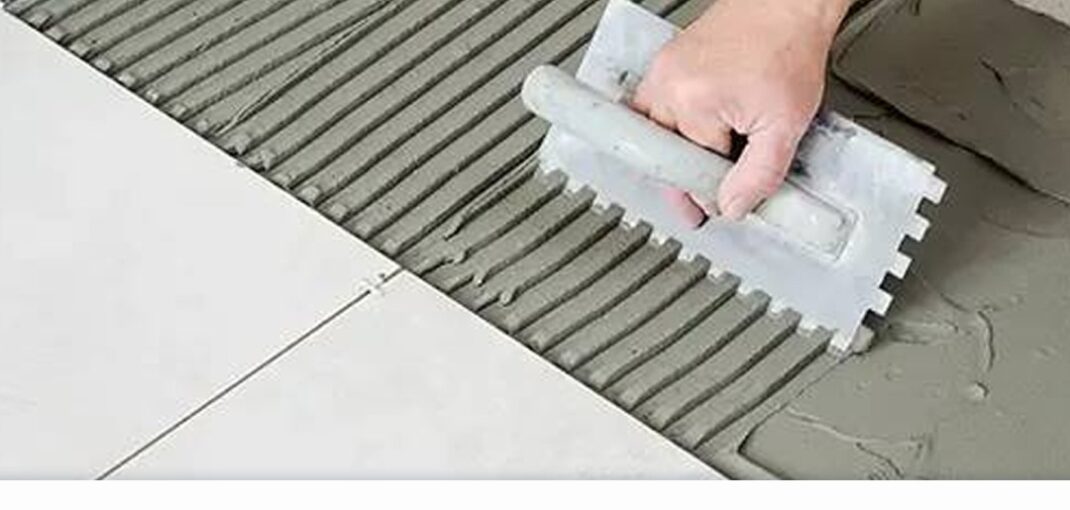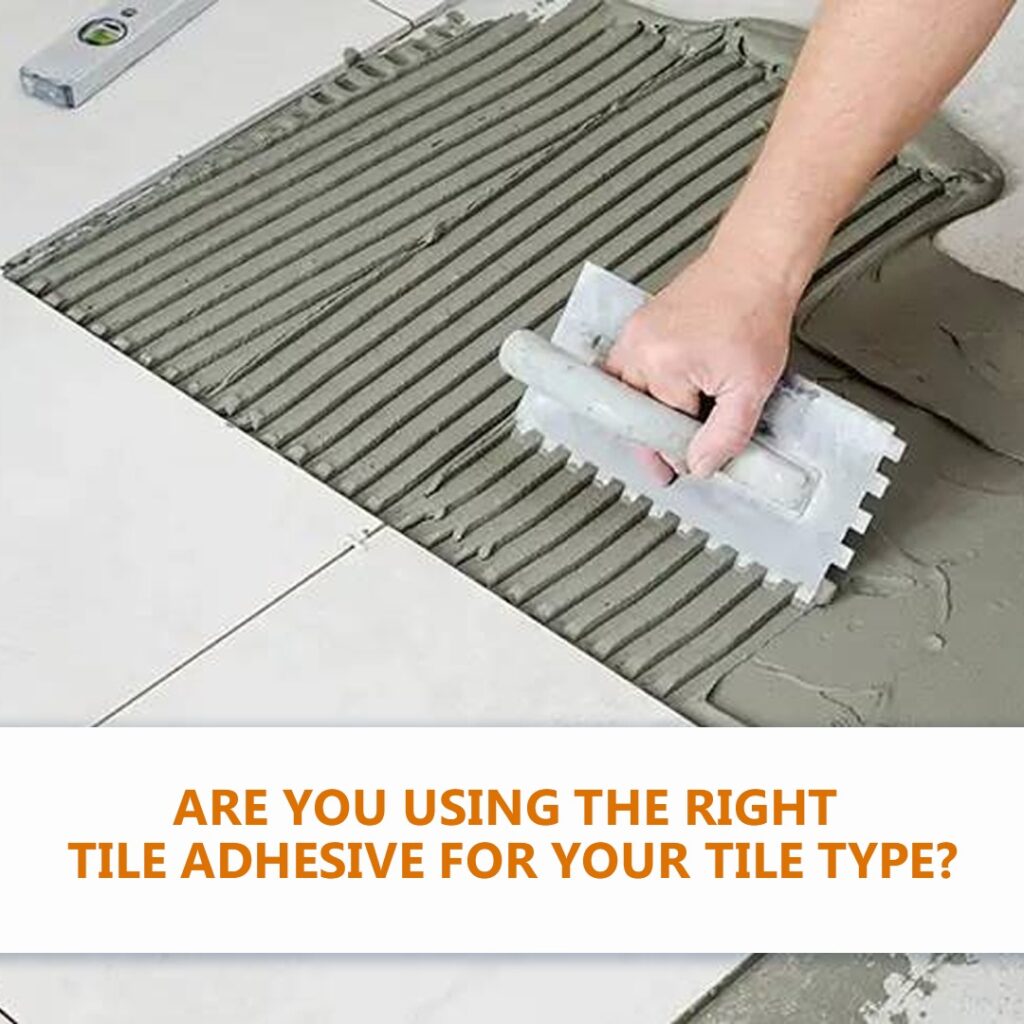
Tile adhesives may seem like a minor detail in the grand scheme of a tile project, but they play a pivotal role in the durability and appearance of your installation. The choice of tile adhesive is not one-size-fits-all; it depends on the type of tiles you’re working with. In this guide, we’ll explore the significance of selecting the correct adhesive for your specific tile type, helping you avoid common mistakes and ensuring your tiling project stands the test of time. Let’s dive in.
Understanding Tile Adhesives
Tile adhesives, often referred to as tile mortar or thin-set, are the unsung heroes of successful tile installations. They are specially formulated materials used to bond tiles securely to various surfaces, such as wall or floor tile adhesive. Understanding the characteristics of different tile adhesives is essential for achieving a long-lasting and aesthetically pleasing outcome in your tile projects.
Types of Tile Adhesives
There are several types of tile adhesives available, each designed for specific applications and tile types. The most common varieties include:
Cement-Based Thinset: This is a versatile title adhesive cement is widely used adhesive and suitable for a variety of tile types, including ceramic, porcelain, and natural stone. It comes in powdered form and requires mixing with water before use.
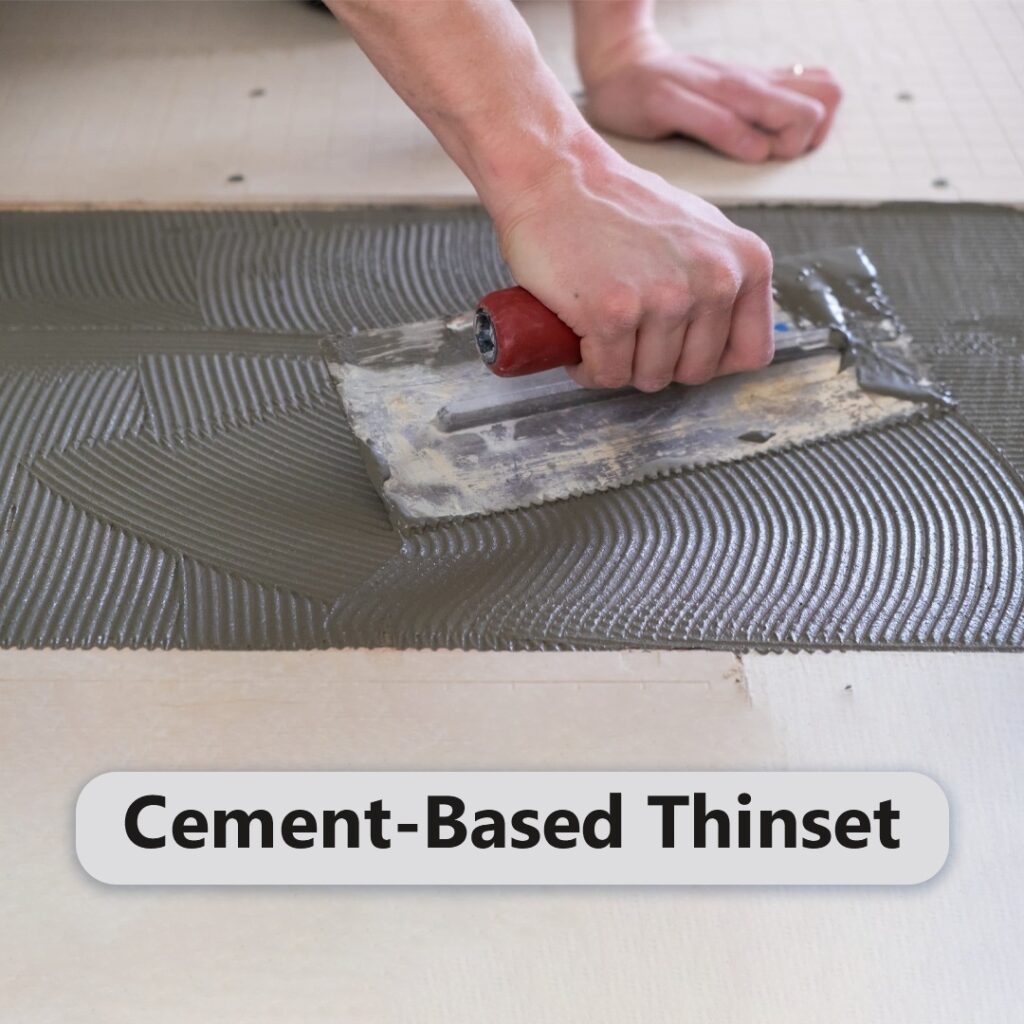
Mastic Adhesive: Mastic is a premixed adhesive that is convenient for wall tile installations. It is often used for smaller, lighter tiles like ceramic and glass.
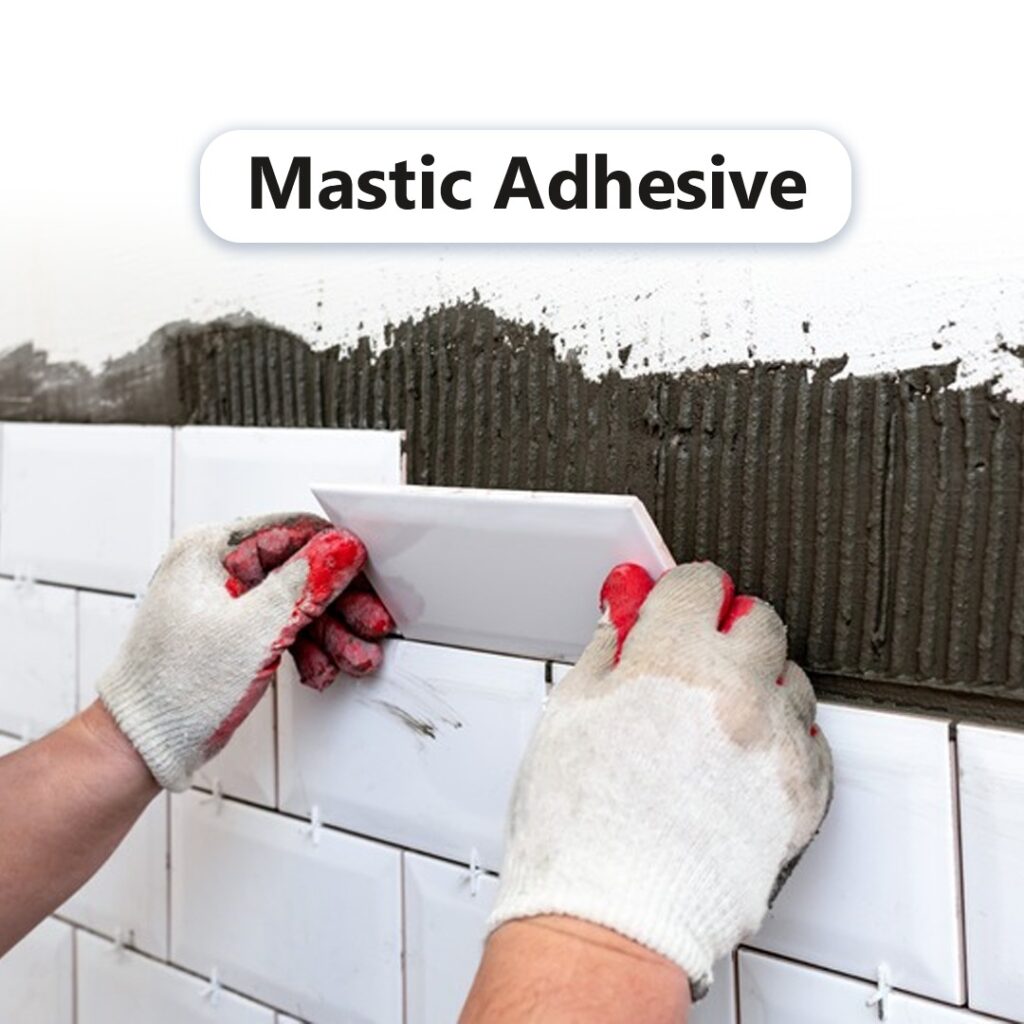
Epoxy Adhesive: Epoxy adhesive is highly durable and resistant to moisture, making it an excellent choice for wet areas and for bonding glass or porcelain tiles.
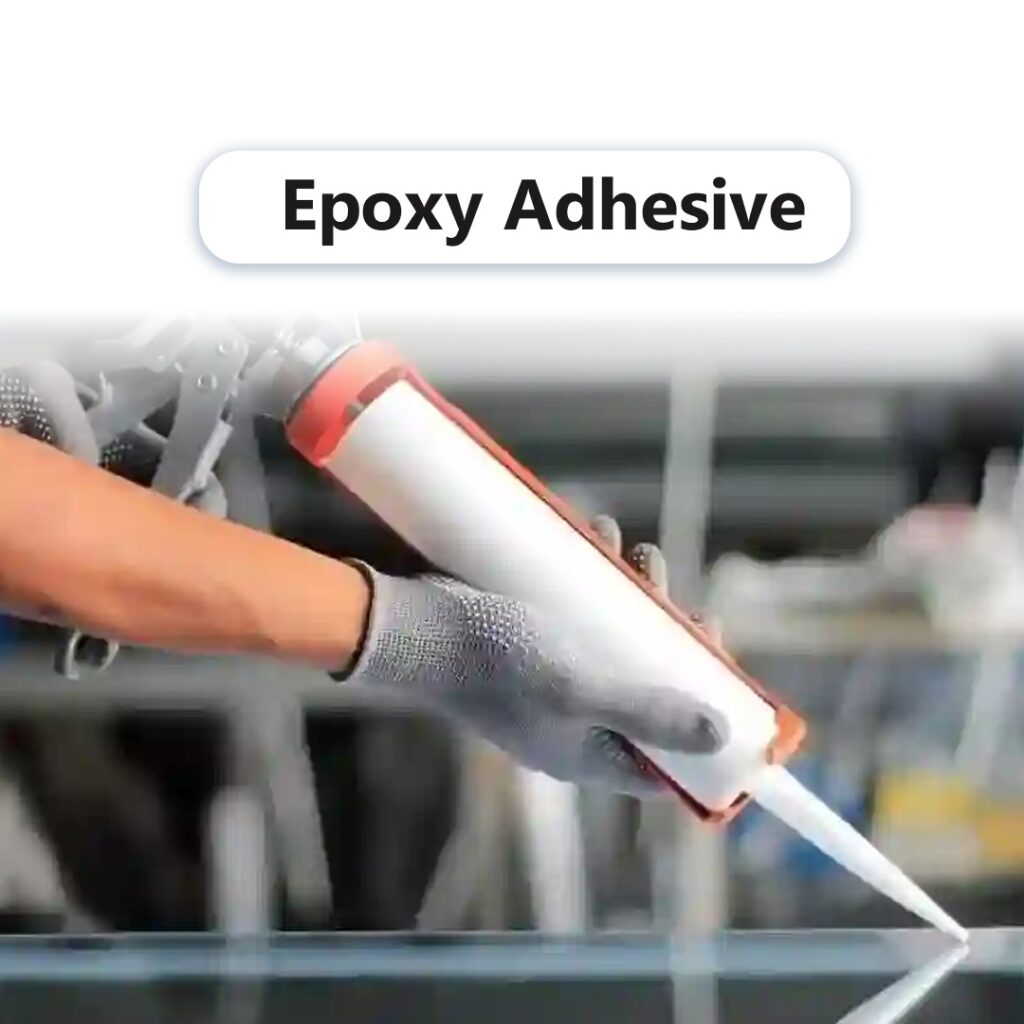
Gypsit Tile Adhesive: Gypsit Tile Adhesive stands out as a versatile, high-quality option. It offers exceptional bonding properties and ease of use, making it suitable for a wide range of tile types and applications. Gypsit Tile Adhesive is renowned for its strong bond and reliability, ensuring the success of your tiling projects.
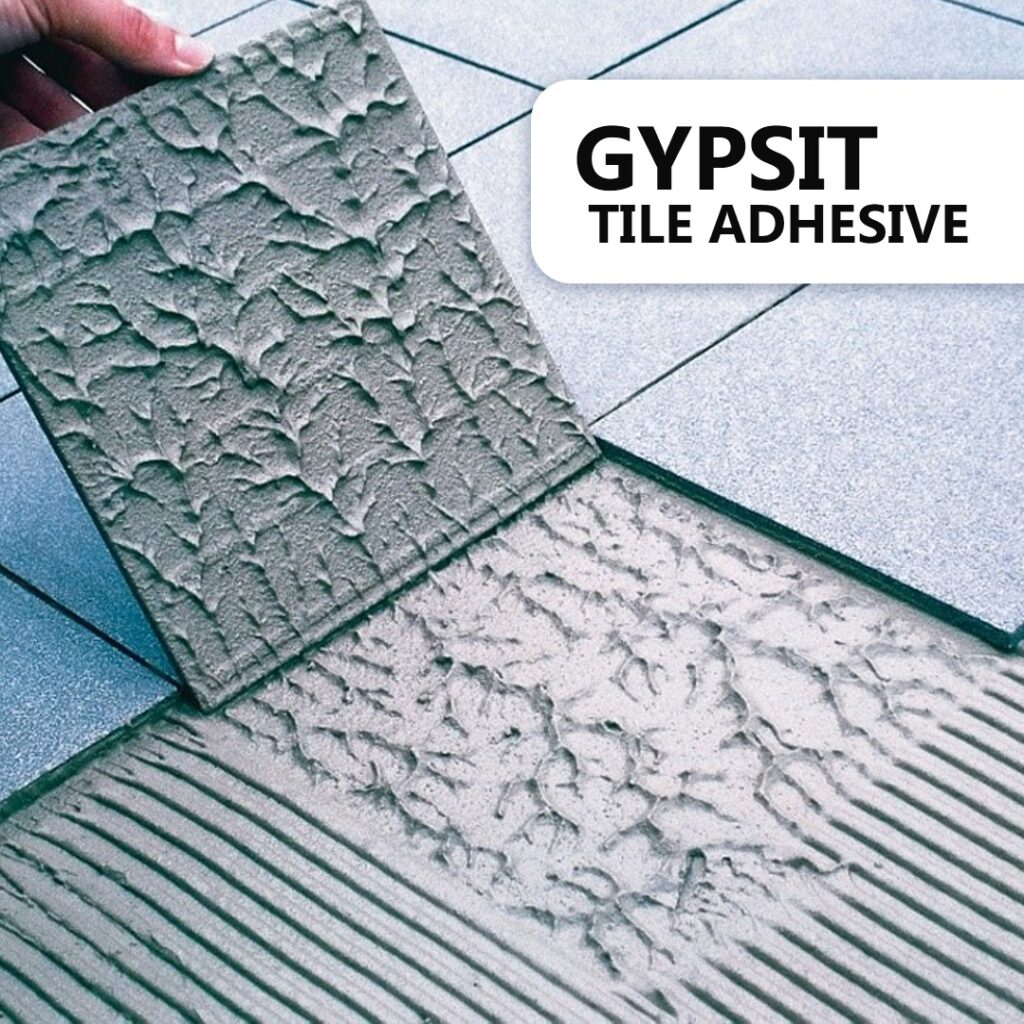
Each of these adhesives has distinct properties, strengths, and weaknesses. Selecting the right adhesive is crucial, as it significantly impacts the success of your tile project.
The Best Tile Adhesive: Gypsit Tile Adhesive
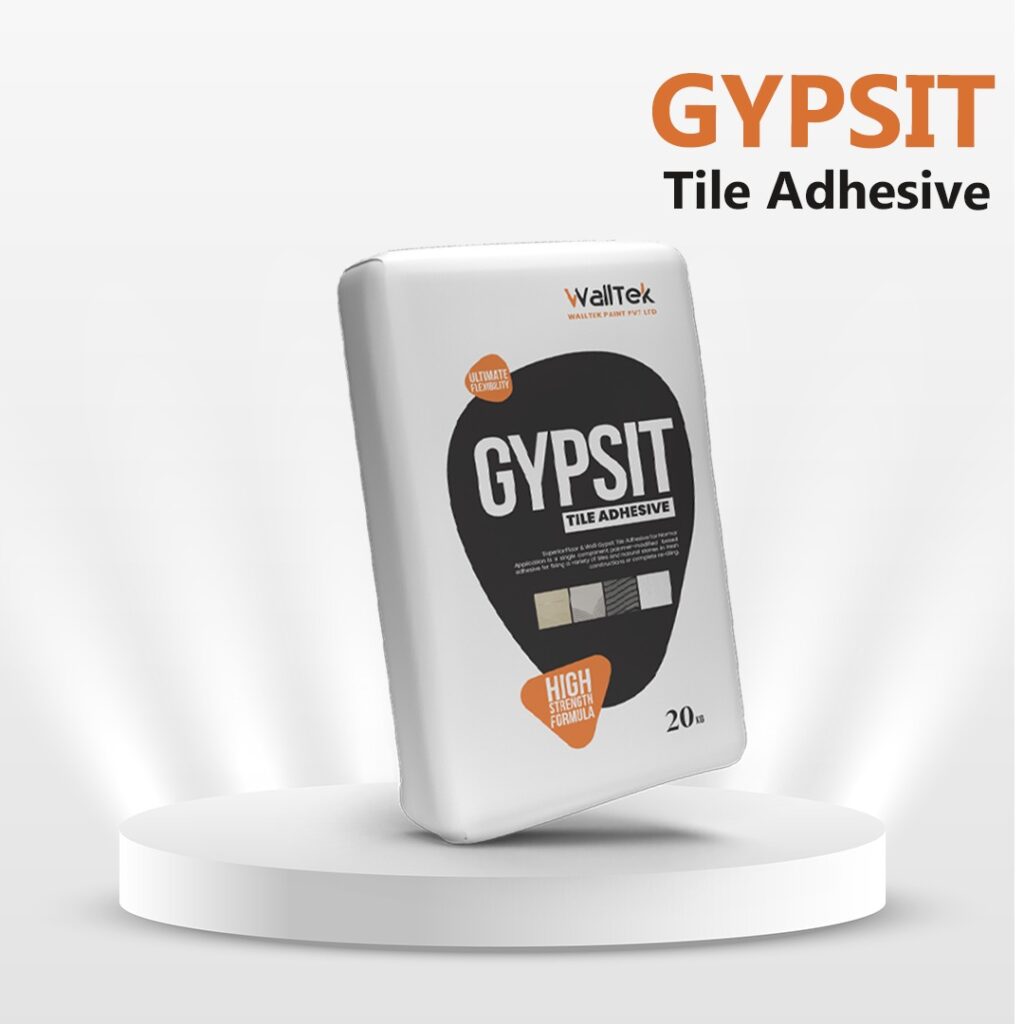
- When it comes to choosing the best tile adhesive, Gypsit Tile Adhesive stands out as a high-quality and versatile option. This product has gained a strong reputation in the industry for its exceptional bonding properties and ease of use, making it an excellent choice for a wide range of tile types and applications. It offers the following key features:
Strong Bond: Gypsit Tile Adhesive is formulated to provide a strong and reliable bond between tiles and various substrates. This ensures that your tiles will remain securely in place, even in high-traffic areas.
Versatility: This adhesive is compatible with a variety of tile types, including ceramic, porcelain, natural stone, and glass. Its versatility makes it a go-to choice for both residential and commercial projects.
Ease of Use: Gypsit Tile Adhesive is easy to mix and apply, making it suitable for both professional contractors and DIY enthusiasts. The smooth consistency ensures efficient troweling and consistent results.
Drying Time: It features a reasonable drying time that allows for adjustments while placing tiles. However, always follow the manufacturer’s guidelines regarding drying time for your specific project.
Installation Tips
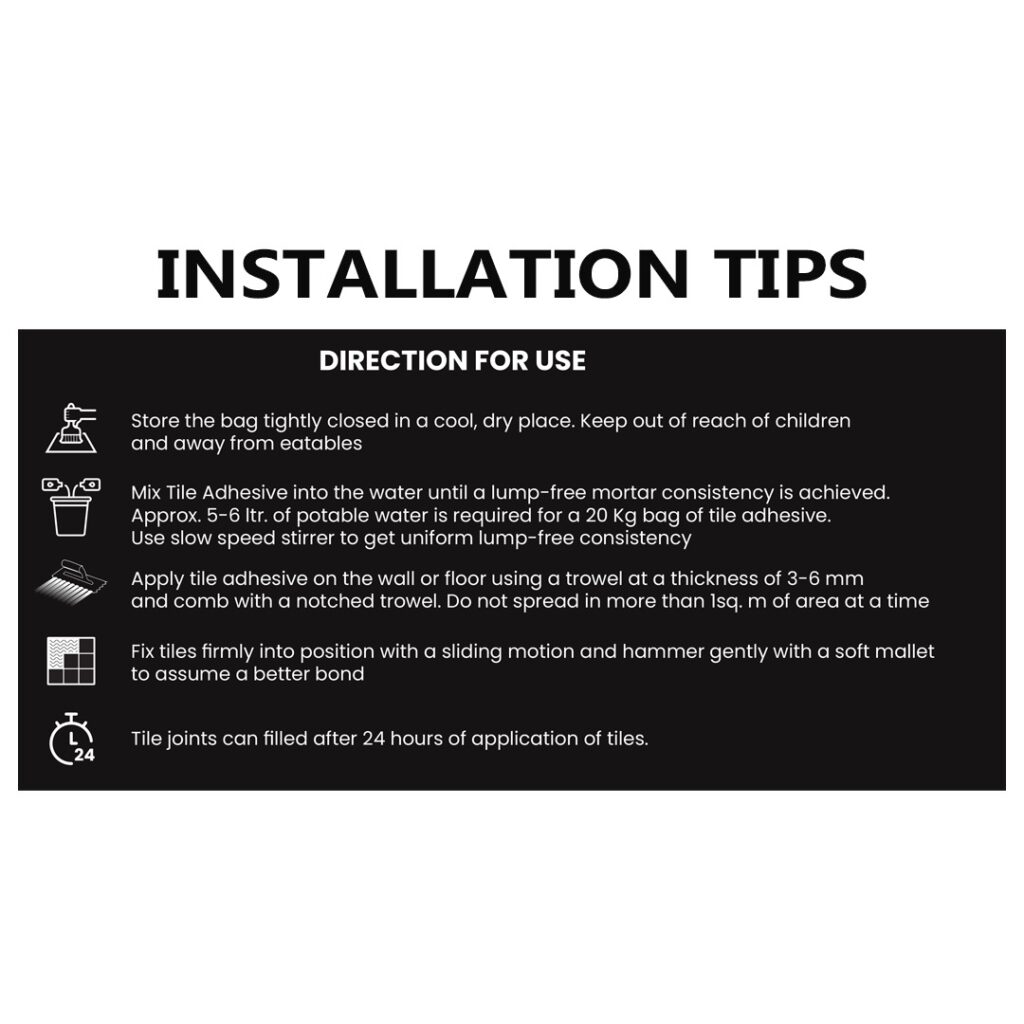
To make the most of Gypsit Tile Adhesive during your tile installation, consider the following tips:
Surface Preparation: Ensure that the substrate is clean, level, and free from debris. A smooth and dust-free surface provides a better bond for the adhesive.
Proper Mixing: Follow the manufacturer’s instructions for mixing the adhesive. Achieving the correct consistency is vital for a strong bond.
Notched Trowel: Use the appropriate-sized notched trowel to apply the adhesive. The size of the trowel should correspond to the size of the tiles and the substrate.
Back Buttering: For large tiles, back buttering (applying adhesive to both the tile and the substrate) may enhance the bond.
Tile Placement: Press the tiles firmly into the adhesive, ensuring good contact. Check for level and alignment as you go.
Maintenance and Longevity

Once your tiles are installed with Gypsit Tile Adhesive, proper maintenance will contribute to their longevity and durability. Here are some key considerations:
Grout and Sealant: After the adhesive has dried, apply grout between the tiles. Seal the grout lines to protect against moisture and staining.
Regular Cleaning: Clean your tiles regularly using appropriate tile cleaners to prevent the buildup of dirt and grime. Avoid harsh chemicals that may damage the adhesive or tiles.
Regrouting: Over time, the grout may wear or become discoloured. When needed, regrout the tiles to maintain their appearance and integrity.
Inspection: Periodically inspect the tiles for any signs of loosening or damage. Promptly address any issues to prevent further damage.
Gypsit Tile Adhesive, when used correctly and maintained appropriately, can help ensure the long-lasting beauty and functionality of your tile installation. Remember to follow the manufacturer’s recommendations and best practices to achieve the best results with this exceptional adhesive.
7 Common Mistakes in Tile Adhesive Selection
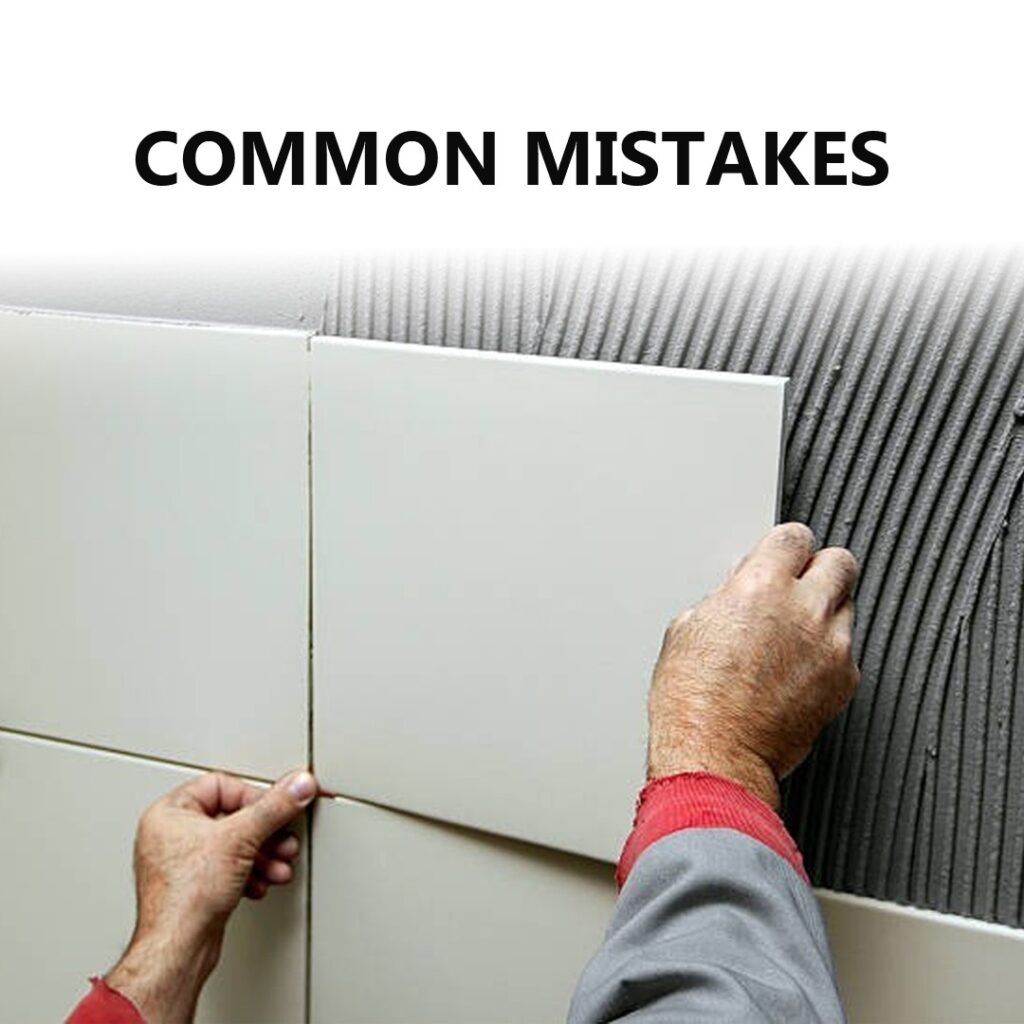
While selecting the right tile adhesive is crucial for the success of your tiling project, it’s not uncommon for people to make mistakes in the process.
1. Disregarding Tile Type:
Mistake: Using a one-size-fits-all approach and not considering the specific tile type.
Consequence: The wrong adhesive can lead to weak bonding, tile slippage, or even tiles coming loose over time.
2. Ignoring Manufacturer Recommendations:
Mistake: Failing to follow the adhesive manufacturer’s recommendations for tile compatibility.
Consequence: Deviating from these guidelines may result in adhesive failure and voided warranties, leaving you responsible for costly repairs.
3. Using the Wrong Trowel Size:
Mistake: Selecting an incorrect trowel size for adhesive application.
Consequence: Inconsistent adhesive coverage can result in uneven tiles and weak bonding.
4. Poor Surface Preparation:
Mistake: Neglecting to properly prepare the substrate by not cleaning or levelling it.
Consequence: Dust, debris, or an uneven surface can prevent the adhesive from adhering well, leading to tile detachment.
5. Inadequate Mixing:
Mistake: Incorrectly mixing the adhesive or not following the manufacturer’s recommended water-to-adhesive ratio.
Consequence: Inconsistent adhesive quality may result in poor bonding and structural weakness.
6. Skimping on Quality:
Mistake: Opting for lower-quality adhesives to save on costs.
Consequence: Subpar adhesives may not provide the necessary strength and bonding, leading to frequent repairs or replacements.
7. Inaccurate Back Buttering:
Mistake: Failing to back butter tiles (applying adhesive to both tile and substrate) when necessary, especially for larger tiles.
Consequence: Incomplete adhesive coverage can result in weak spots and potential tile detachment.
Conclusion
Choosing the right tile adhesive is the unsung hero of a successful tile project. It’s the invisible bond that holds your design together. With the correct adhesive, like Gypsit Tile Adhesive, and a few best practices, you can transform your tiling endeavours into enduring masterpieces. So, as you embark on your next tiling adventure, remember that the adhesive beneath the surface is just as essential as the tiles themselves. Make the right choice, follow the guidelines, and enjoy your beautiful, long-lasting tile installation.
How do I choose the right tile adhesive for my project?
The choice of adhesive depends on factors like the type of tiles you're using, the substrate, and the installation location. Consider these variables and follow manufacturer recommendations.
Is there a one-size-fits-all tile adhesive?
No, different tile adhesives are designed for specific tile types and applications. It's important to select the appropriate adhesive for your particular project.
Can I use cement-based thinset for all tile types?
Cement-based thin-set is versatile and suitable for many tile types, but not all. Some tiles, like glass or porcelain, may require specialized adhesives.
What happens if I use the wrong adhesive for my tile installation?
Using the wrong adhesive can lead to weak bonding, tile detachment, and structural issues in the long run.
Can I mix different types of tile adhesives for one project?
It's generally not advisable to mix different adhesives within the same project, as it can lead to bonding and performance issues.

